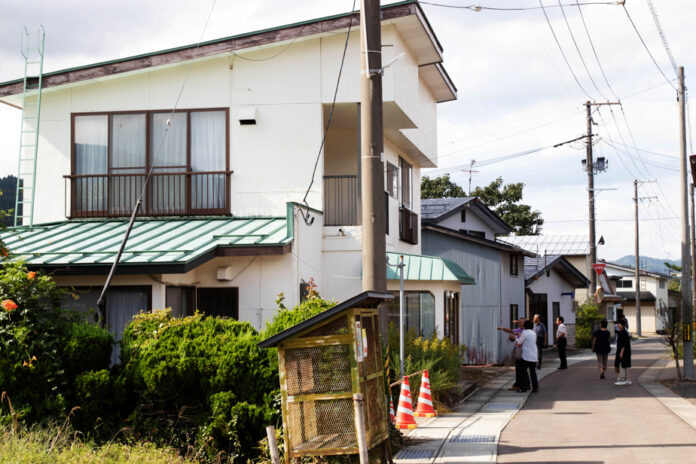The housing crisis is not experienced in the same way depending on where you are in the world. Here, there is a housing shortage, especially in the regions. In Japan, there is too much housing, especially in the regions.
Japan gives houses. Free or at a symbolic price, to prevent regions from emptying out and villages from closing.
The Japanese countryside has been empty for a long time, and the phenomenon is accelerating. The government estimates that there are 10 million empty houses, called akiyas, in the country. These are houses whose occupants are dead, which belong to heirs who do not want them or which have simply been abandoned for years.
The total population of Japan has been declining since 2010. In 2022, the number of inhabitants has decreased by 556,000 to fall below the threshold of 125 million. Over the past 12 years, the country has lost over 3 million people and if the trend continues, Japan’s population will be down to 50 million in 100 years.
What is happening in Japan is not unique. In all industrialized countries, birth rates are falling and populations are ageing, but nowhere else is population decline so rapid.
For years, successive governments have taken measures to encourage the Japanese to have children, without much success. As we know in Quebec, incentives like “baby-bonus” are not enough to reverse a heavy trend.
The immigration that fuels the population growth of many countries has never been encouraged in Japan, but the country is beginning to open up, albeit still timidly, to welcoming foreign residents and not just temporary workers.
The decline of the population is emptying the countryside at such a rapid rate that the survival of many villages is threatened, hence the initiative to give houses to those who would like to live there. Priority is given to families, but everyone is welcome, including foreigners who would like to enjoy the charms of the Japanese countryside. However, the latter have an interest in mastering the language or having an interpreter because the sites that offer these abandoned houses are not translated. It is usually the municipalities that deal with abandoned houses, because real estate agents are not interested in them. Several towns, such as Nagano, have banks of abandoned houses to offer1.
It goes without saying that the free houses are all located far from Tokyo, which remains one of the most expensive cities in the world. They are not modern constructions either. Most are made of wood and were built quickly at a time when housing demand was very high.
So these are mostly “do-it-yourself” homes, as we say here, but some municipalities offer financial assistance for renovations. These old houses have the advantage of being larger than the Japanese houses of today and of being located on a large piece of land.
Those who are repelled by renovation can acquire a house in good condition for a pittance. According to the QuestionJapan website, a good-sized ayika with a large plot can be found at 2 million yen, or around US$15,000, and the price is always negotiable. Other formulas are possible, such as rental with option to buy, at unbeatable conditions.
Tent ? Be aware that the number of almost free houses should continue to increase, and not only in Japan. In Sicily, villages already offer abandoned houses for 1 euro or even for nothing if renovations are necessary. In the age of remote working, the world has never been smaller.















